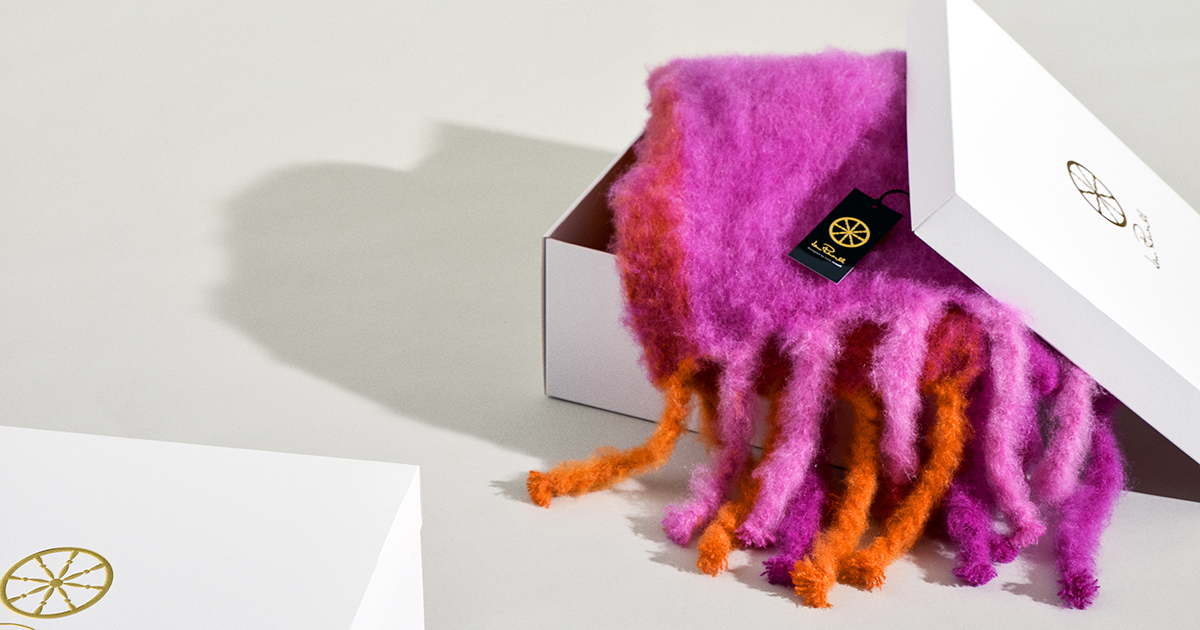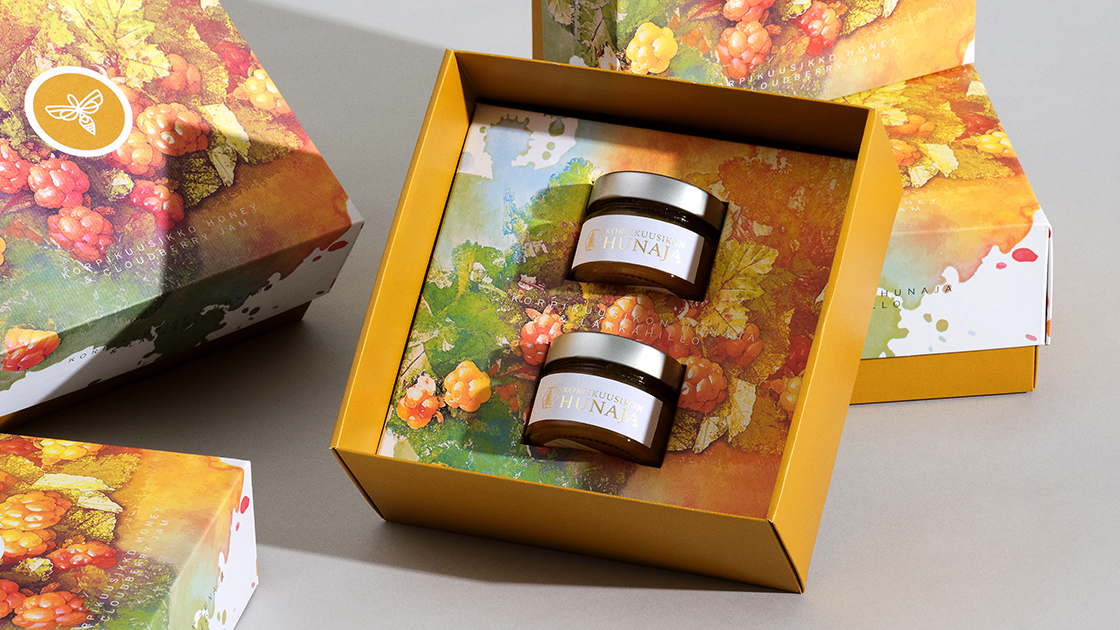From a packaging design point of view, what makes a gift package work the best? What should be considered when designing the perfect gift package? Our Packaging Design Service shares four important features of a perfect gift packaging.
1 Protecting the product
The primary function of any packaging is to protect the product inside. Chocolate, for example, is sensitive to light, heat and oxygen in the air, which is why it’s often packaged in plastic wrappers or into plastic trays within a box. However, fresh fibre paperboards suitable for direct food contact, are also a great option for chocolate products.
 The dispersion coated paperboard gives chocolate products the right amount of protection against grease and moisture, eliminating the need for separate plastic parts. A lightweight but strong paperboard is also ideal for packaging electronics or high-quality cosmetics such as perfume bottles.
The dispersion coated paperboard gives chocolate products the right amount of protection against grease and moisture, eliminating the need for separate plastic parts. A lightweight but strong paperboard is also ideal for packaging electronics or high-quality cosmetics such as perfume bottles.
The new innovative 3D fibre solution developed at Metsä Group, called Muoto™, opens up new possibilities for the packaging of delicate products, as it enables the creation of round and complex shapes familiar from the plastics industry. In the future, these types of fibre based solutions, will become more common also inside gift packaging, replacing interior trays now made from plastic.
2 Attractive appearance
Appearance matters, as the outer packaging is what the consumer sees first. It needs to stand out from the competing products on the shelf. A great way to make the packaging stand out is for it to have distinctive graphics or unusual shape. With effective graphic design and printing, it is possible to create an impression that the product has been placed inside a block of ice, for example.
 The outer packaging offers additional space for legislative information or markings needed for transportation purposes — space that e.g. perfume bottles don’t tend to have. It’s also easier to create different localised versions of text and visuals on the outer gift packaging, rather than on the product itself.
The outer packaging offers additional space for legislative information or markings needed for transportation purposes — space that e.g. perfume bottles don’t tend to have. It’s also easier to create different localised versions of text and visuals on the outer gift packaging, rather than on the product itself.
3 A high-quality feel
Once the consumer has been attracted by the distinctive appearance of the packaging, he or she takes the product off the shelf, examines it, turns it over and evaluates it. Perhaps comparing the packaging with other similar products or its price. This is where the high-quality tactile feel of the packaging becomes important. Both the appearance and the feel of the packaging create the first impression of the product’s quality.
The impression must support the brand and the product image, especially in the case of luxury products, where the packaging and the unboxing experience is of great importance. If a product is valuable but wrapped in plastic, it may not convey the desired impression of quality.
 The choice of packaging material sends a message about the company's values. Whether you are after minimalistic and natural style or a glossy surface and visual delight, paperboard can achieve it all.
The choice of packaging material sends a message about the company's values. Whether you are after minimalistic and natural style or a glossy surface and visual delight, paperboard can achieve it all.
4 Easily recyclable
Consumers are increasingly interested in the origin of products and their environmental impact. However, when it comes to purchasing decisions, personal taste and visual appearance still play a major role. Most consumers expect packaging manufacturers and brand owners to make choices that are good for the environment. Therefore, choices need to be considered early on, from the very beginning of the packaging design process and throughout the production chain.
Reducing the carbon footprint and making packaging recyclable is already part of the sustainability targets of many brands. Consumers want transparency, data and information, but also convenience in their daily lives. Once the gift has brought joy to its recipient, the recycling of it’s packaging materials should be as easy and convenient as possible.
4evergreen, an alliance representing the entire packaging value chain, has published Circularity by Design guidelines that are a good tool for understanding the whole packaging life cycle and the effects of design choices. It also guides the work of our packaging design team.
A good example of design based on recyclability, is the micro-flute gift packaging created by our team last year. The packaging, designed to replace traditional rigid boxes, is robust and has a high-quality feel, but doesn’t require adhesives or plastic coatings for its construction. This makes recycling easy. This new type of packaging is also significantly lighter and has a smaller carbon footprint than the traditional solutions.
 Packaging concepts that focus on recyclability and reducing environmental impact, without compromising quality, are the way of the future. If you are wondering what would be the perfect gift packaging solution for your particular product, the experts of our 360 Services are happy guide you through material and constructional choices.
Packaging concepts that focus on recyclability and reducing environmental impact, without compromising quality, are the way of the future. If you are wondering what would be the perfect gift packaging solution for your particular product, the experts of our 360 Services are happy guide you through material and constructional choices.

